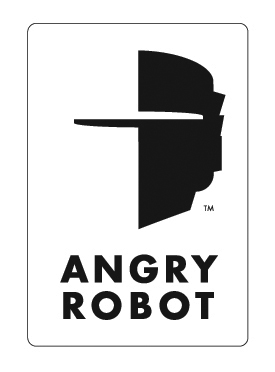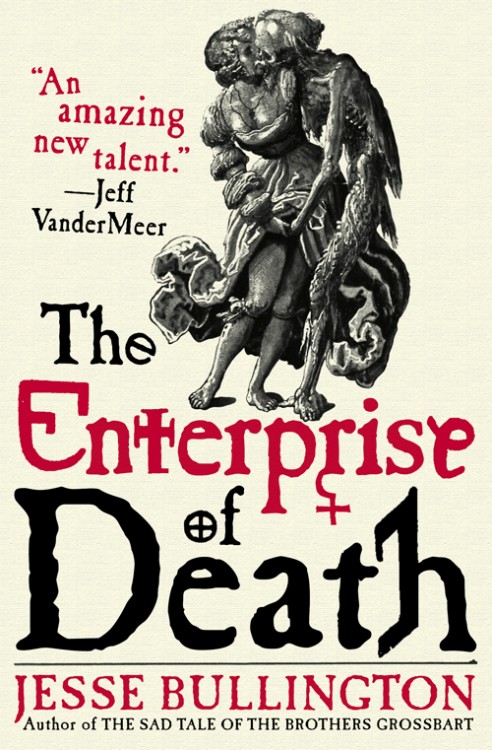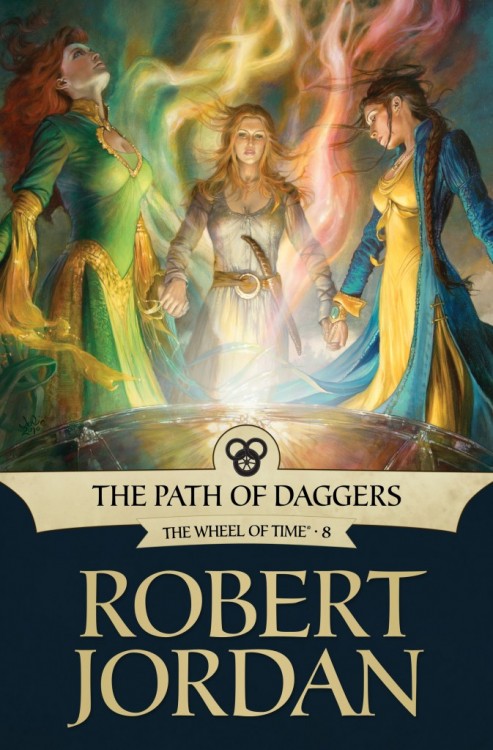
Leading Non-Fiction Publisher Acquires Specialist Sci-Fi Fiction & Fantasy Imprint
Following an acclaimed first year of publishing, the revolutionary science fiction imprint Angry Robot Books has parted company with HarperCollins UK. It will now run as an independent publishing imprint, with the full backing of niche publishing experts, Osprey Publishing.
Angry Robot will continue to operate from its Nottingham base and with its existing team under Marc Gascoigne, its founder and publisher. Marc said: “With the support of HarperCollins UK, my team and I have worked very hard on Angry Robot since it was founded. We have a great publishing programme in place and a dedicated bunch of supporters, the Robot Army, as well as some excellent sales of our first titles in the UK and an imminent launch into the USA. We are very pleased to have become part of the burgeoning Osprey empire. They understand our business and the enthusiasts who drive it.”
Chris Michaels, HarperCollins Digital Publisher, Fiction/Non-Fiction, who helped set-up Angry Robot, said: “Having helped build the foundations for a successful future, we are delighted that the Angry Robot team has found a new publishing partner in Osprey. We believe this will help them develop their niche offering, supported by Osprey’s specialist sales and marketing teams. We wish them good luck for the future.”
Marc Gascoigne added, “Our publishing programme for 2010/11 will be basically unaffected by these changes. There will be a short break while the transition is sorted out, but we will be re-launching in September 2010 and then it will be business as usual.”
Osprey’s move is a reflection of the company’s continuing strategic drive into niche communities that share a deep enthusiasm for their interest or hobby, whether it be military history (Osprey Publishing), heritage (Shire Books), or science fiction and fantasy.
Richard Sullivan, Marketing Director at Osprey commented: “We have a great deal of experience of serving specialist niches with a very tight product focus. Angry Robot is a great fit with our existing businesses. We are very excited about the opportunity to enter into a new market and we are looking forward to helping Angry Robot, its authors and its readers go to some exciting places.”
Given that Angry Robot Books doesn’t publish in my region (Canada), I can’t really speculate on the the sale of the imprint to Osprey Publishing, though it does seem odd that HarperCollins would pass on a (supposedly) successful imprint after so short a time, especially when Angry Robot Books was one of the more successful than most small publishing companies at embracing the idea of new media (twitter, social networking, eBooks, etc…). Still, it sounds like, after a brief hiatus, the publishing habits and schedules of Angry Robot Books will stay intact. But, can a niche non-fiction publisher like Osprey provide them with the support and distribution that HarperCollins was able back financially?




